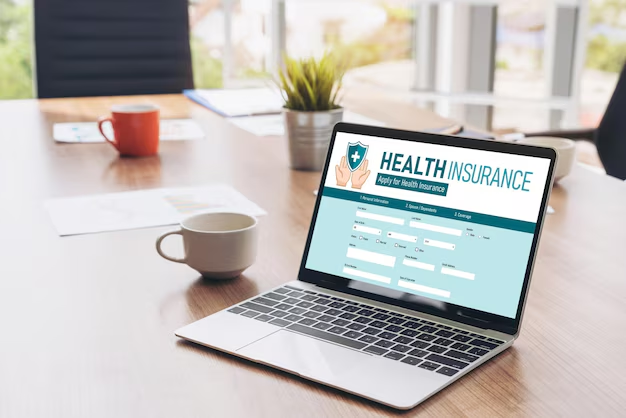New to Medicaid? Here's How You Can Get Started
Navigating the complexities of health care can be daunting, especially when faced with financial constraints. Fortunately, Medicaid offers a lifeline to millions of Americans by providing essential health coverage for low-income individuals and families. If you're wondering how to enroll in this program, you're not alone. Here’s a step-by-step guide to help you on your journey.
Understanding Medicaid Eligibility
Eligibility for Medicaid varies from state to state since it's a joint federal and state program. However, there are some general criteria you should be aware of:
- Income Limitations: Your income must fall below a certain level, which can differ based on family size and state.
- Household Size: The number of people living in your home can impact eligibility.
- Special Populations: Certain groups, such as pregnant women, children, elderly, and those with disabilities, often have lower income thresholds.
Steps to Enroll in Medicaid
Check Your Eligibility: Use online resources or consult with your state’s Medicaid office. Many states provide simple online tools where entering your information can quickly determine eligibility based on your income and household size.
Gather Necessary Documents: Before applying, it’s crucial to have all necessary documents on hand. Common requirements include proof of income, identity, and state residency. Having these ready can speed up the process.
Apply: You can apply for Medicaid in several ways:
- Online via your state’s health insurance marketplace or the federal government’s site.
- By Phone through your state’s Medicaid office.
- In Person at local Medicaid or social services offices.
- Through Mail by requesting a paper application.
Follow Up: After submitting your application, keep track of it. Ensure there are no additional documents or information needed. Approval times can vary, so patience is key.
Receive Your Coverage: Once approved, you’ll receive details on the specific benefits and services covered under your plan.
Beyond Medicaid: Exploring Other Financial Assistance Options
Health coverage is vital, but it’s just one piece of the puzzle when managing finances. Here are other beneficial programs and resources to explore:
- Supplemental Nutrition Assistance Program (SNAP): Provides food-purchasing assistance to low-income individuals.
- Temporary Assistance for Needy Families (TANF): Offers financial aid to families with dependent children.
- Housing Assistance Programs: Help with affordable housing and rent subsidies.
- Financial Literacy and Debt Relief Services: Organizations offer programs that teach budgeting and financial management to reduce debt and improve credit.
Educational and Financial Support Programs
If you're keen to explore further financial stability or educational opportunities, consider these resources:
- Federal Student Aid: Grants and loans for post-secondary education.
- Job Training Programs: Offers skills development crucial for career advancement.
- Non-Profit Credit Counseling: Provides personalized sessions for managing debts and improving credit scores.
Navigating financial and health support services can be complex, but the rewards of gaining stability and peace of mind are invaluable. With Medicaid as a starting point, utilize the wide array of resources available to secure a brighter financial future.
Financial and Educational Programs to Explore:
- 🏥 Medicaid: Health coverage for low-income individuals.
- 🍎 SNAP: Food assistance for families.
- 🏡 Housing Assistance: Affordable housing and rent support.
- 💼 Job Training: Skills development for better employment.
- 🎓 Federal Student Aid: Educational grants and loans.
- 💳 Credit Counseling: Debt relief and financial management.
By leveraging these programs, you can garner more stability and pave the way for a better, more financially secure future.

- Is Medicaid Taxable Income For Federal Income Tax
- How To Apply For Food Stamps And Medicaid
- Can Medicaid Take Life Insurance From Beneficiary
- When Can i Get Medicaid
- What Will Medicaid Pay For
- What State Have Disenrolled Medicaid
- What Qualify For Medicaid
- What Is The Monthly Income Limit For Medicaid In Nj
- What Is The Monthly Income Limit For Medicaid In Michigan
- What Is The Income Limit For Medicaid In South Carolina